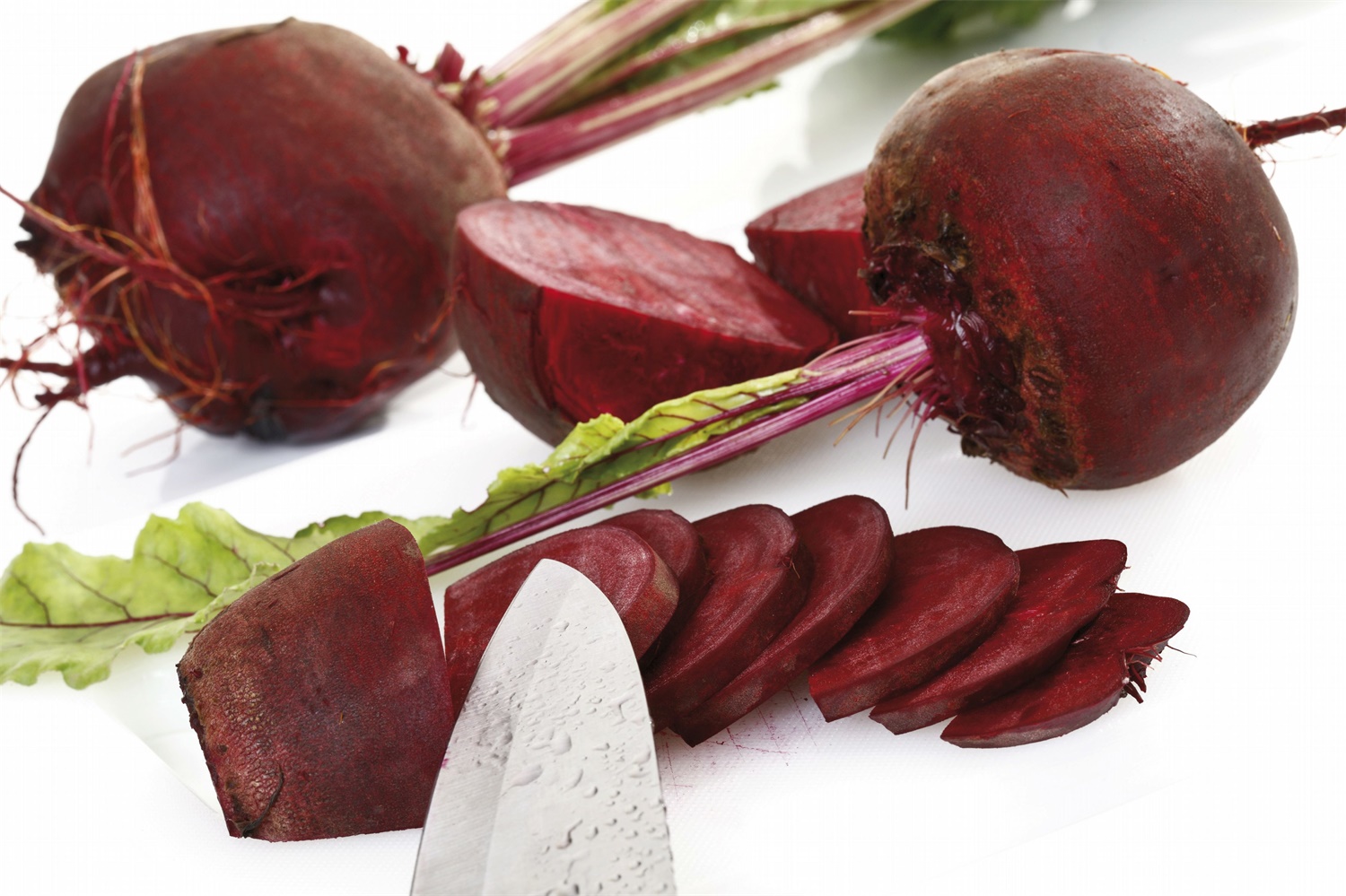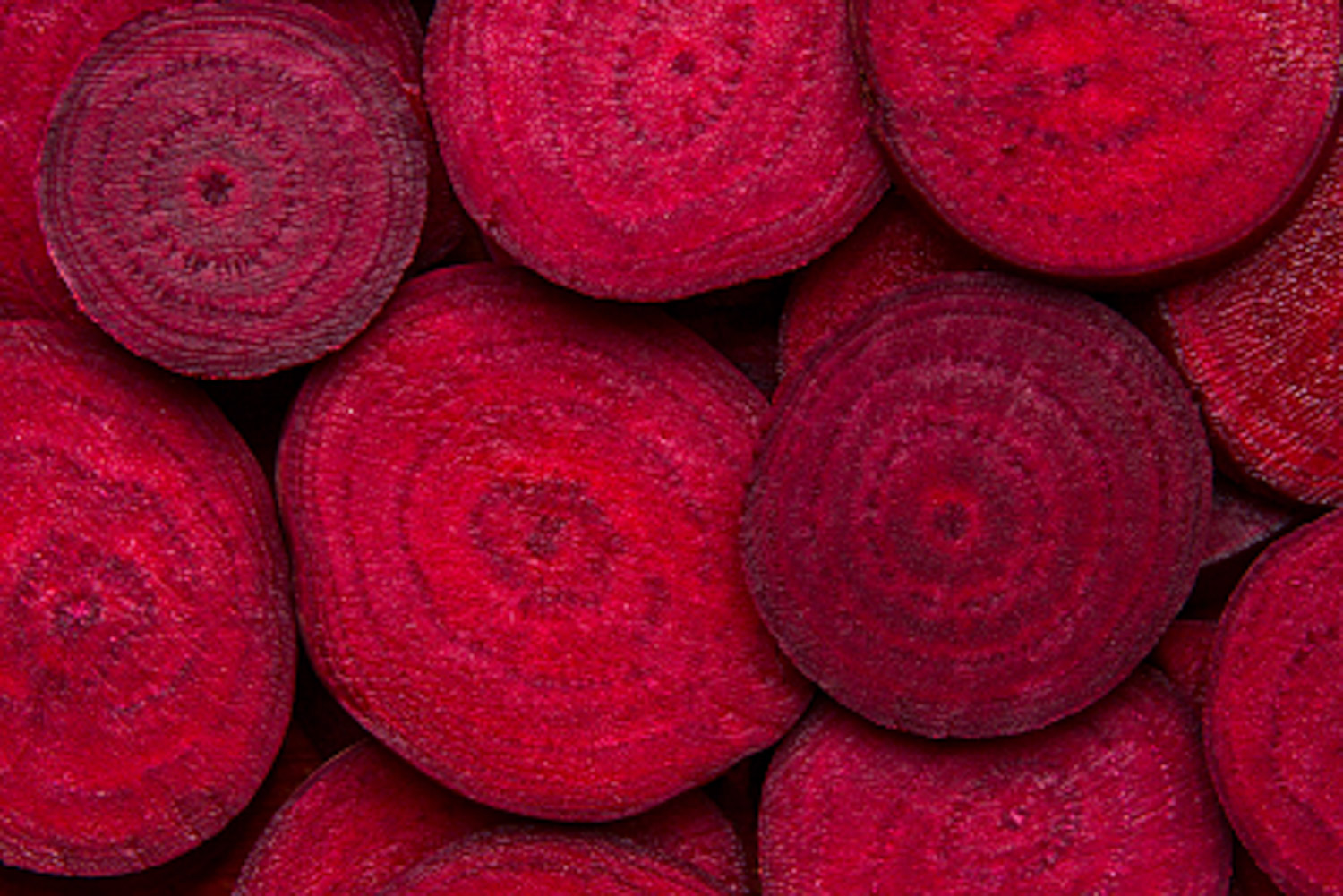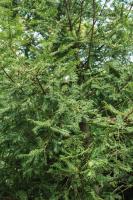1、 Curing method
1. Temperature: sugar beet likes a cooler growth environment, the temperature can not be too high, and its cold resistance is still optimistic. The suitable temperature for growth is between 15 and 25 degrees, and the temperature at night should be kept at about 20 degrees. Sugar beet seedlings can tolerate temperatures of minus five degrees in a short time

2. Watering: the branch and leaf area of sugar beet is relatively large, and the water will evaporate faster during the growth period in summer, so it is necessary to water frequently to make the plant grow rapidly, but it is necessary to reduce or not water the first half of the harvest. The specific amount of watering needs to be determined according to the growth status of plants and the changes of soil

3. Light: the growth of sugar beet needs enough light. Under the condition of sufficient light, it will grow well, and it needs to receive about 10 hours of light every day, but not more than 15 hours. Light makes beets accumulate enough sugar. If there is not enough light, nitrogen will be produced, which will affect the consumption of the final fruit

4. Fertilization: sufficient base fertilizer shall be applied before planting. The fertile soil is conducive to the growth of seedlings. The seed fertilizer is mainly phosphorus fertilizer, followed by topdressing in June of each year, mainly nitrogen fertilizer and urea

2、 Breeding skills
1. Reproduction: sowing is the main way of reproduction. Before sowing, the seeds need to be soaked in drug solution and can be sown after soaking for 24 hours. The temperature needs to be above five degrees. The sowing depth should be the same, about three to five centimeters, not too deep, otherwise it is difficult to germinate, or the excavation will be very slow

2. Pruning: there is no need to prune, because the sugar beet finally takes its stem, and the branches and leaves of sugar beet do not play a great role. However, when there are diseases and pests in sugar beet, they will appear on the branches and leaves, so we need to pay attention to them

3、 Problem diagnosis and treatment
1. Topaz can be diluted in rainy season, so Topaz can be controlled

2. Insect pests: flea beetles will appear in summer and can be controlled by spraying pesticides

4、 Other issues
1. Toxicity: there is no poison. Sugar beet is the raw material of sugar, which is very suitable for large-scale breeding

2. Whether it can be raised at home: not suitable. Farms and fields are the most suitable places for breeding< a>


 how many times do yo...
how many times do yo... how many planted tre...
how many planted tre... how many pine trees ...
how many pine trees ... how many pecan trees...
how many pecan trees... how many plants comp...
how many plants comp... how many plants can ...
how many plants can ... how many plants and ...
how many plants and ... how many pepper plan...
how many pepper plan...






























